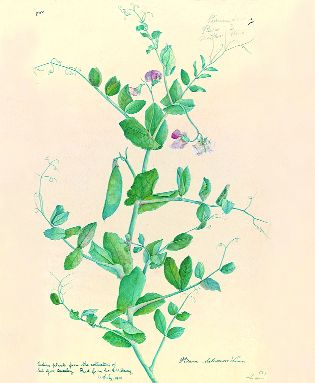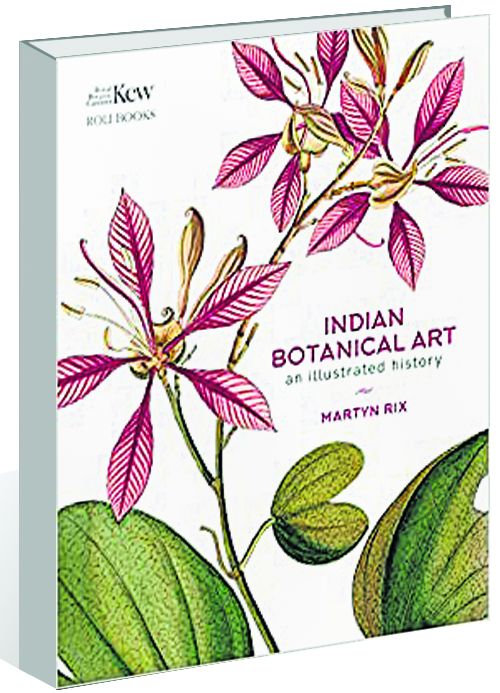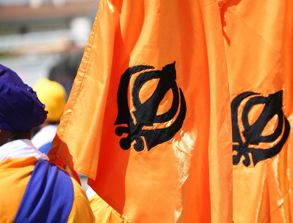Indian Botanical Art by Martyn Rix. Roli Books. Pages 224. Rs1495
Book Title: Indian Botanical Art
Author: Martyn Rix
Maj Gen CS Bewli (Retd)
Author Martyn Rix, editor of Curtis’s Botanical Magazine at Kew Gardens, UK, and an accomplished chronicler of botanical art, has created an excellent piece of work by revisiting and thoroughly studying Kew’s Indian drawings. Artistic and decorative masterpieces depicting annuals such as dahlias, nasturtiums, roses, and tulips, etc, and evergreens like lagerstroemia, amaltas, erythrina, magnolia, etc, adorn the pages.

The book explores the richness and diversity of the art of flower paintings, mostly by proficient but unknown Indian artists of the 18th and 19th centuries. During this period, Indian artists worked for surgeon-botanists employed by the British East India Company to generate a data bank of accurate drawings of the flora of the subcontinent for scientific study and reference.
Martyn’s contribution is of immense significance as he showcases the work of unsung Indian artists who were overlooked for over a century, and thereby paves the way for them to receive the recognition they truly deserved.
The book provides a fresh perspective on botanical drawings, highlighting paintings of plants and their different parts — leaf types and colour, flower shapes, fruit structure, roots, stems and seeds. It is an excellent guide for those who prefer botanical art to be influenced more by illustrations that are close to perfection.
The drawings themselves are amazing and inspiring. The author’s passion for the subject can be seen in how he combines scientific illustrations with “art” in the purest sense, making them appear as if they were one.
Contemporary artists, including Hemlata Pradhan in Kalimpong, Nirupa Rao in Bangalore, and Jaggu Prasad in Rajasthan, whose works are also showcased in the book, are influenced both by the Indian tradition and modern European flower paintings. Their exhibits show how traditions that began in the 18th century continue to inspire interest today.
A “must-have” book for botanical artists and plant enthusiasts, it is sure to stimulate interest among the readers and makes an excellent gift for any plant freak. Besides being expressive, these illustrations fit the style of the book extremely well. A beautiful work of art!














